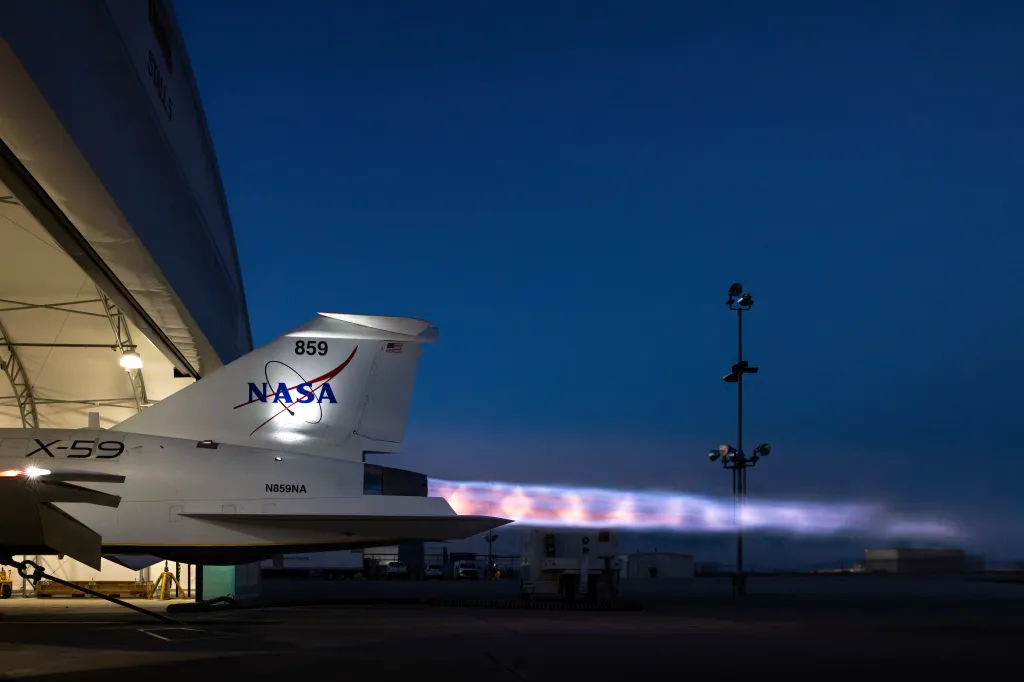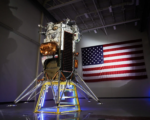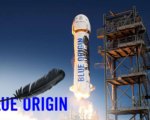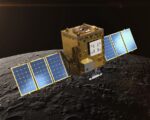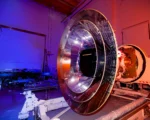NASA’s X-59 supersonic jet, developed in collaboration with Lockheed Martin, has achieved a major milestone with the successful completion of afterburner engine tests. This aircraft is a key component of NASA’s Quesst program, which aims to revolutionize supersonic travel by significantly reducing the disruptive sonic booms that have long restricted such flights over populated areas. Conducted at Lockheed Martin’s Skunk Works facility in Palmdale, California, the tests showcased the X-59’s ability to meet supersonic performance benchmarks, bringing it closer to its first flight.
Performance Evaluation of Engine Systems
The X-59 is powered by the General Electric F414-GE-100 jet engine, a modified version of the one used in Boeing’s F/A-18 Super Hornet. NASA subjected the engine to rigorous afterburner trials to evaluate its performance under supersonic conditions. These tests assessed whether the engine could operate within safe temperature limits while maintaining sufficient airflow to sustain high-speed travel. Lockheed Martin shared images on X (formerly Twitter) highlighting the afterburner tests, which involved injecting fuel into the exhaust system to increase thrust. The trials also ensured compatibility between the engine and other onboard subsystems.
Flight Testing and Public Reaction Studies
With successful engine tests completed, the next phase for the X-59 involves ground testing and final flight preparations. Once ready, NASA will conduct a series of flight tests, during which F-15 aircraft equipped with specialized probes will analyze the shockwaves produced during supersonic travel. This data will be critical in validating the X-59’s quiet supersonic technology. Unlike traditional supersonic jets that produce loud sonic booms, the X-59 is designed to create a much softer “sonic thump.”
A Step Toward Commercial Supersonic Travel
NASA’s long-term goal is to use the X-59 to gather public response data by flying over select residential areas in the United States. Researchers will measure how people perceive the aircraft’s reduced sonic impact, providing crucial insights for regulatory agencies. If successful, this program could pave the way for future commercial supersonic flights over land, ultimately transforming air travel by significantly cutting flight times without the disruptive noise that has hindered supersonic aviation in the past.


